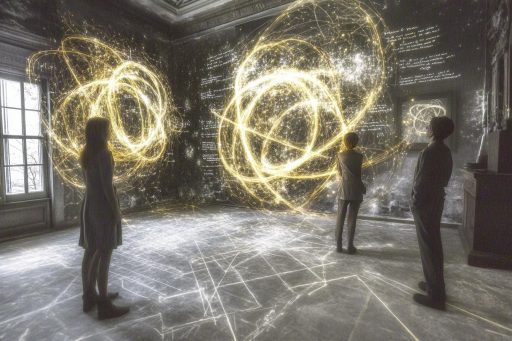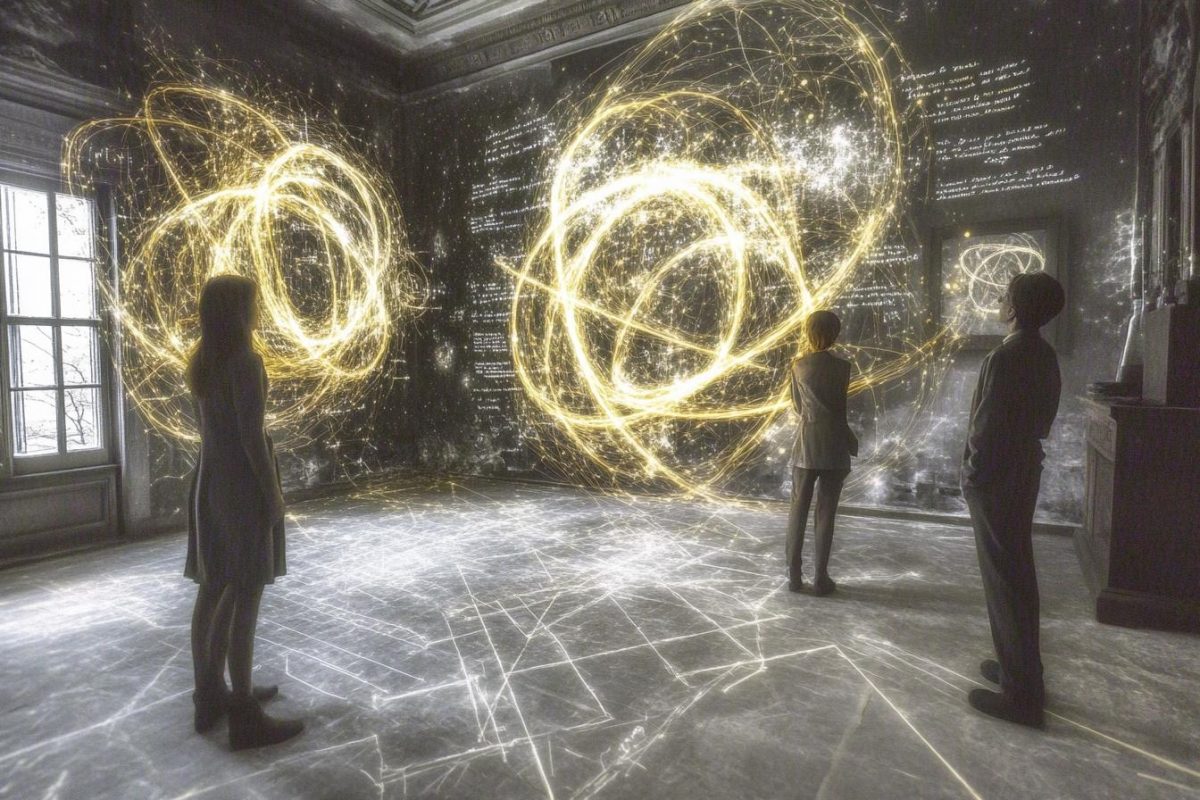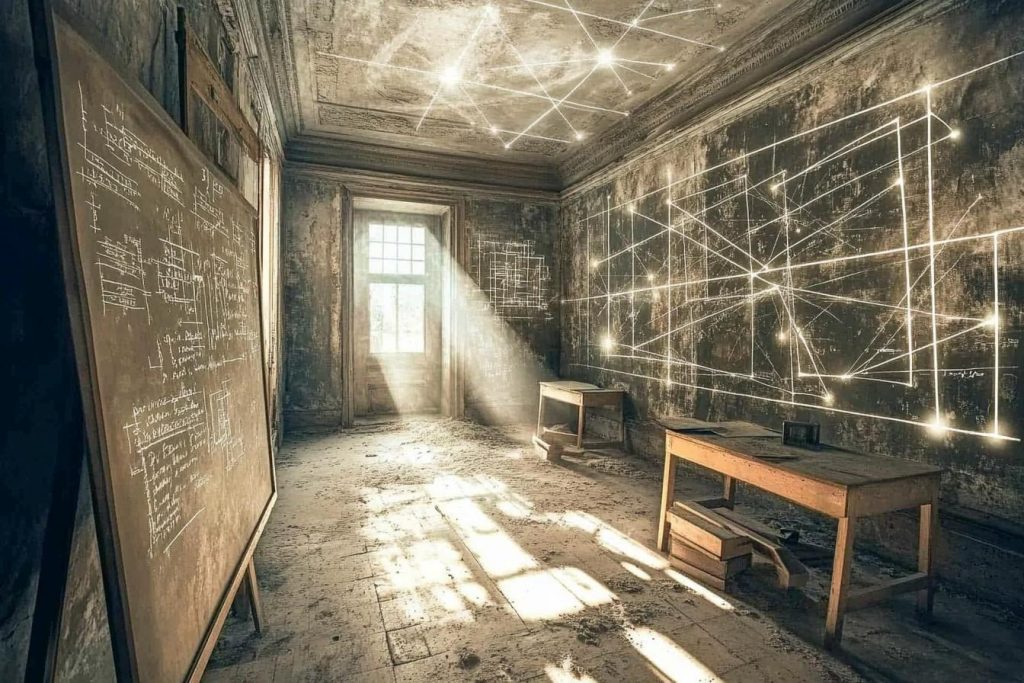
For decades, some of the most mind-bending breakthroughs in physics have remained buried in obscure research papers, overlooked data, or long-abandoned experiments. Only now, with new technology and a renewed sense of curiosity, are these once-dismissed ideas being brought back into the light. What’s emerging are revelations that challenge our understanding of space, time, energy, and the very nature of reality. These are the secrets that waited patiently in the shadows—until now.
Quantum Tunneling Observed in Real Time

Long considered a theoretical oddity, quantum tunneling has finally been captured in action by scientists using ultra-fast laser pulses. This phenomenon allows particles to pass through energy barriers without the classical energy to do so—like walking through walls. The implications for computing, encryption, and even the foundations of physical law are staggering. It’s a glimpse into a quantum realm where impossibility is merely an illusion.
The Return of the Aether Theory

Once discarded after Einstein’s relativity took center stage, the concept of a universal medium—an “aether”—is quietly resurfacing. Modern experiments in quantum vacuum fluctuations suggest that space may not be truly empty after all. Some physicists believe this hidden structure could explain dark energy or unify gravity with quantum mechanics. What was once pseudoscience may now be a missing link in modern physics.
Time Crystals Created in the Lab
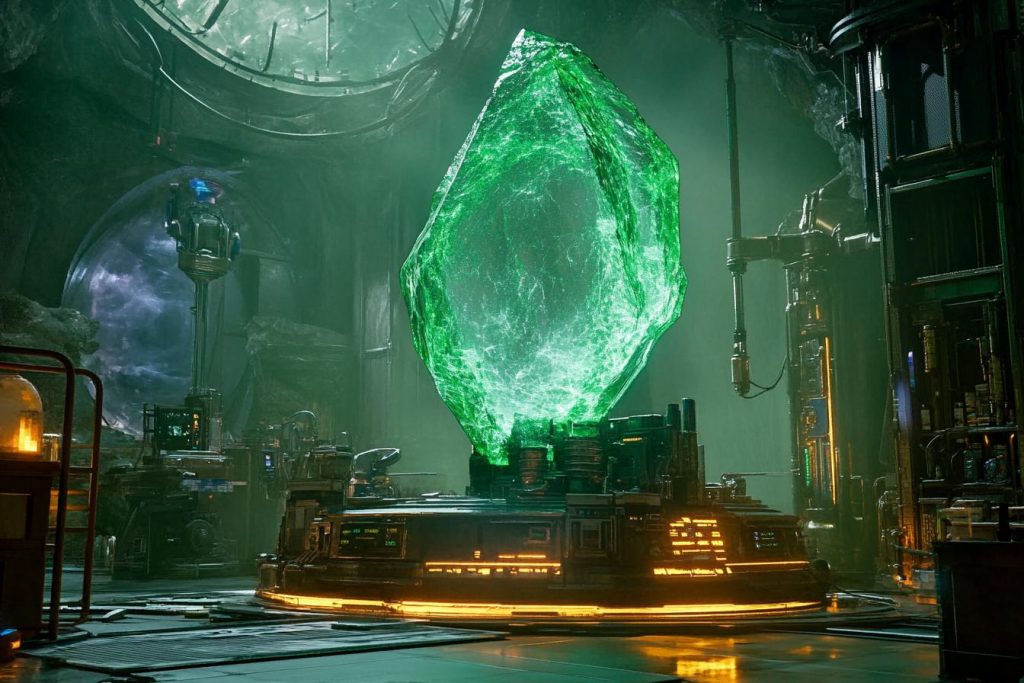
Previously thought impossible, time crystals are structures that maintain motion without expending energy, effectively defying traditional laws of thermodynamics. Researchers have now successfully created them using quantum systems like trapped ions and superconducting qubits. These crystals oscillate in a time loop, opening doors to new kinds of perpetual systems. It’s as if physics is beginning to play by a different set of rules.
Hidden Dimensions Revealed Through Particle Behavior

Strange anomalies in high-energy physics experiments have pointed toward the possible existence of hidden spatial dimensions. Tiny deviations in particle paths suggest forces or influences leaking in from beyond our known universe. Though invisible to the naked eye, these dimensions could redefine our understanding of gravity and cosmic structure. It’s a discovery that makes the universe feel much less familiar.
Neutrino Oscillations and the Flavor Mystery
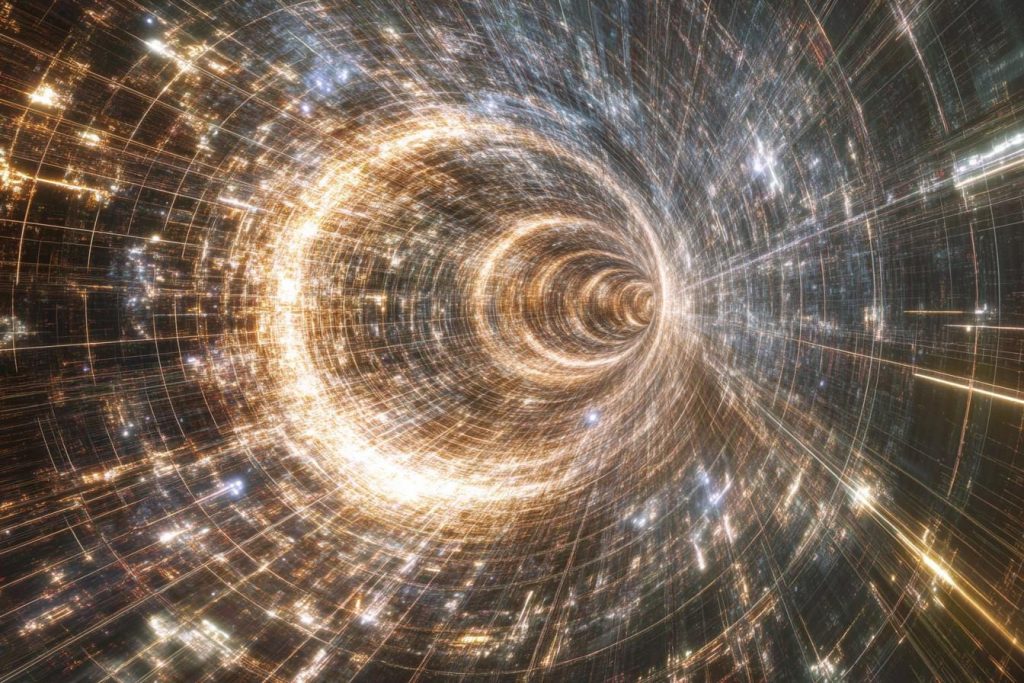
Neutrinos, once thought to be massless, have now been observed changing “flavors” as they travel—an effect called oscillation. This discovery hints at unknown physics beyond the Standard Model and may hold clues about why the universe is made of matter instead of antimatter. Understanding these ghostly particles could rewrite the origin story of the cosmos. They are small, but their secrets are massive.
A New Force Hiding in Plain Sight
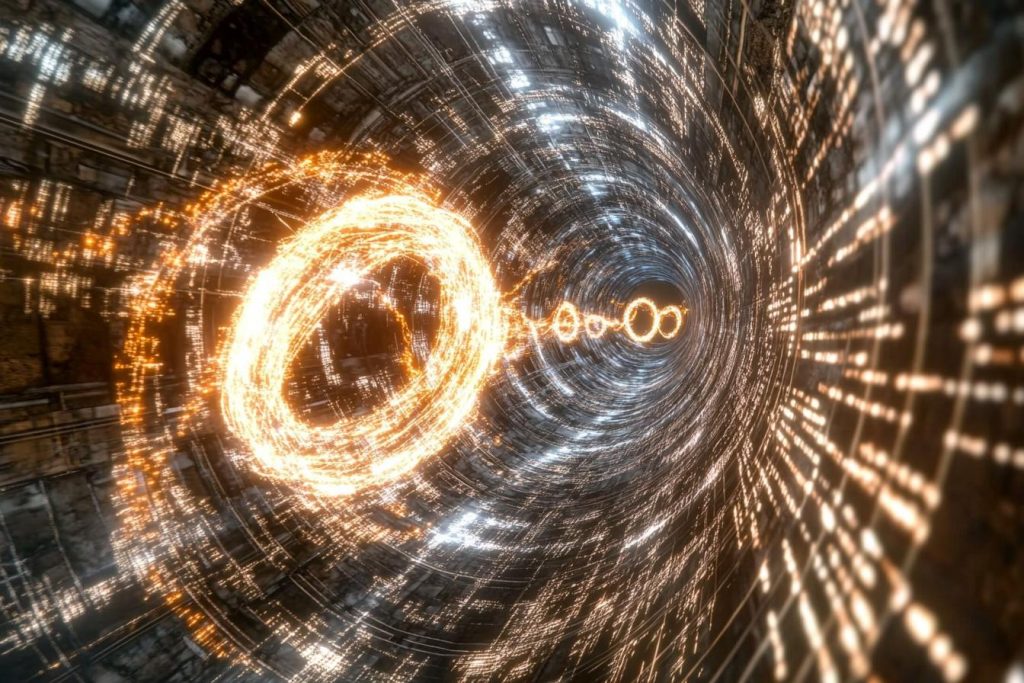
While studying nuclear transitions in rare isotopes, physicists noticed unexplained energy emissions that could point to a fifth fundamental force. Dubbed the “X17 particle,” this theoretical messenger could explain dark matter interactions or reveal an entirely new layer of physical law. If proven, this force would radically reshape everything we thought we knew. The cosmos may be governed by forces we’ve yet to name.
Magnetism Found Where It Shouldn’t Exist
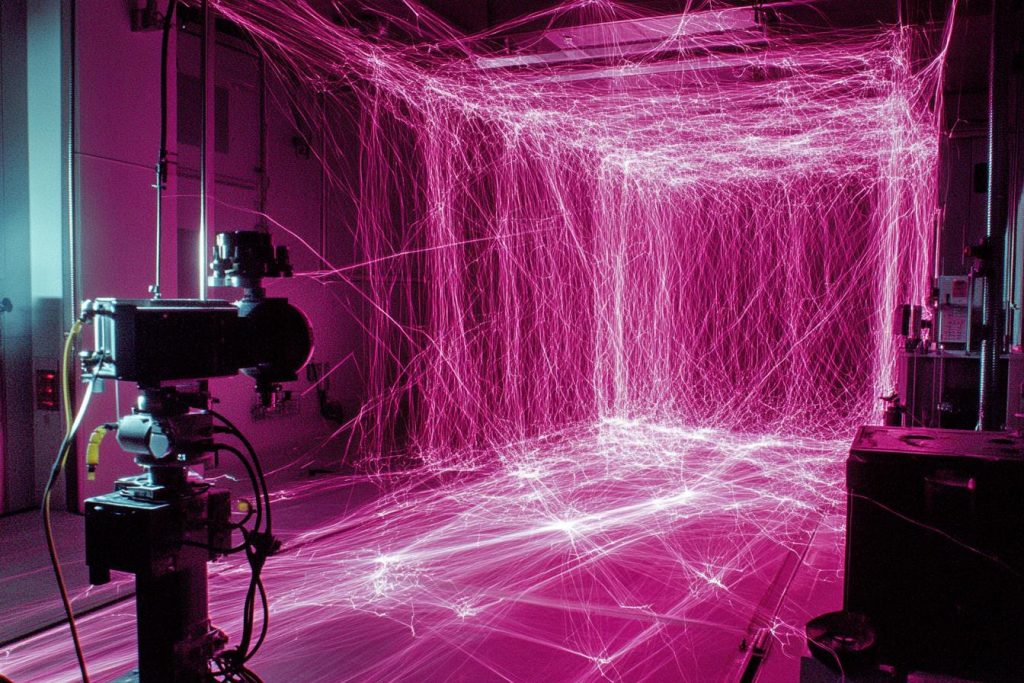
In materials cooled to near absolute zero, researchers observed magnetic behavior that shouldn’t be possible under known physics. These “emergent magnetisms” challenge the fundamental assumptions of how particles interact and align. Some theorists believe it could hint at hidden quantum fields or unknown particle types. It’s a haunting reminder that nature doesn’t always obey our expectations.
Light Slowed to a Crawl—and Even Stopped

By passing light through ultra-cold atomic gases, scientists have managed to slow photons to a few miles per hour—and even bring them to a complete halt. This incredible feat has applications in quantum computing and teleportation, as information can be stored and manipulated in new ways. It also forces us to reconsider light’s role in the space-time equation. Light, it turns out, isn’t always in a hurry.
A Particle That Behaves Like a Whole Team

The discovery of the “anyons” in two-dimensional materials shocked researchers. These quasi-particles don’t behave like bosons or fermions—they operate in groups, with collective identities and strange statistics. Anyons could be the future of ultra-stable quantum computers. Their emergence proves the universe still hides new species of matter in plain sight.
Black Hole Echoes Suggest Firewall Paradox May Be Real
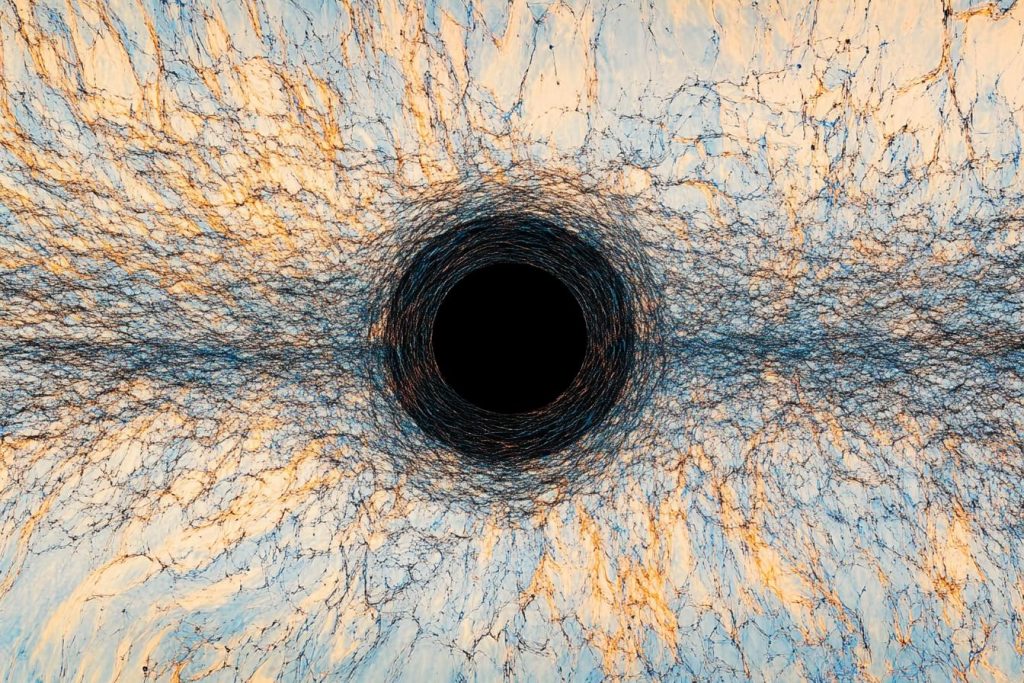
When gravitational wave observatories listened closely to black hole mergers, they detected strange echoes—vibrations that shouldn’t exist if Einstein’s equations were absolute. Some theorists suggest these are signs of the “firewall paradox,” where information might be violently preserved at the event horizon. If true, it could mean black holes are not the smooth, passive consumers we once believed. Instead, they may be the loudest critics of our theories.
Teleportation of Quantum States Achieved Across Distance
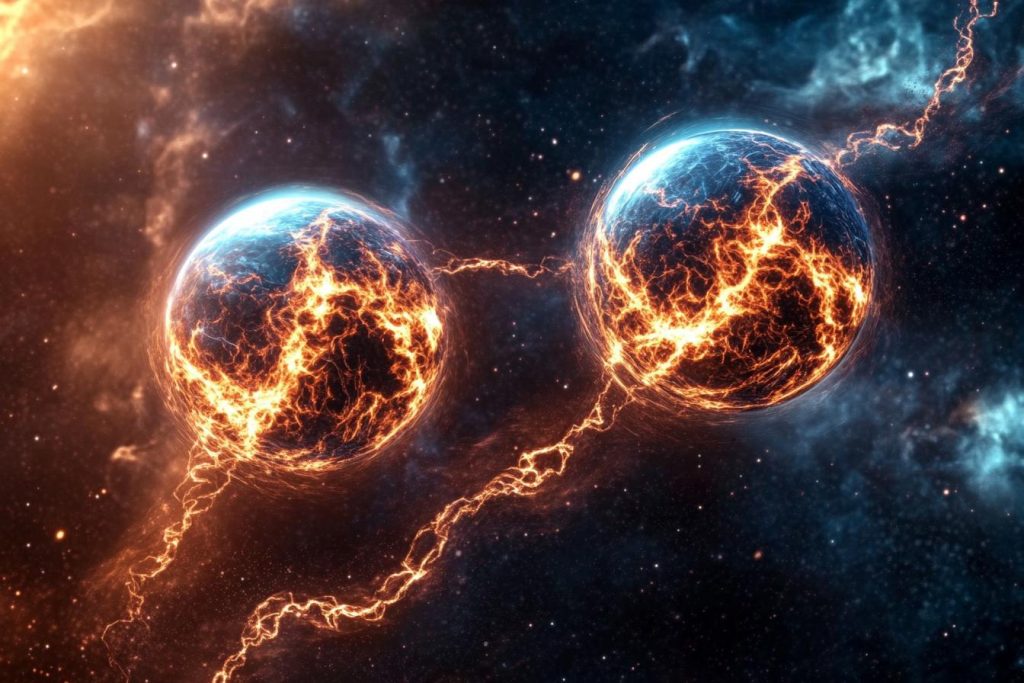
Using entangled particles, scientists have successfully transferred quantum information from one location to another without moving any physical object. This is the foundation of quantum teleportation—a process that could someday revolutionize data transmission and security. It’s not teleportation like in science fiction, but it’s still jaw-dropping. Information, it seems, can travel without a vessel.
Dark Energy’s Behavior Isn’t Constant After All
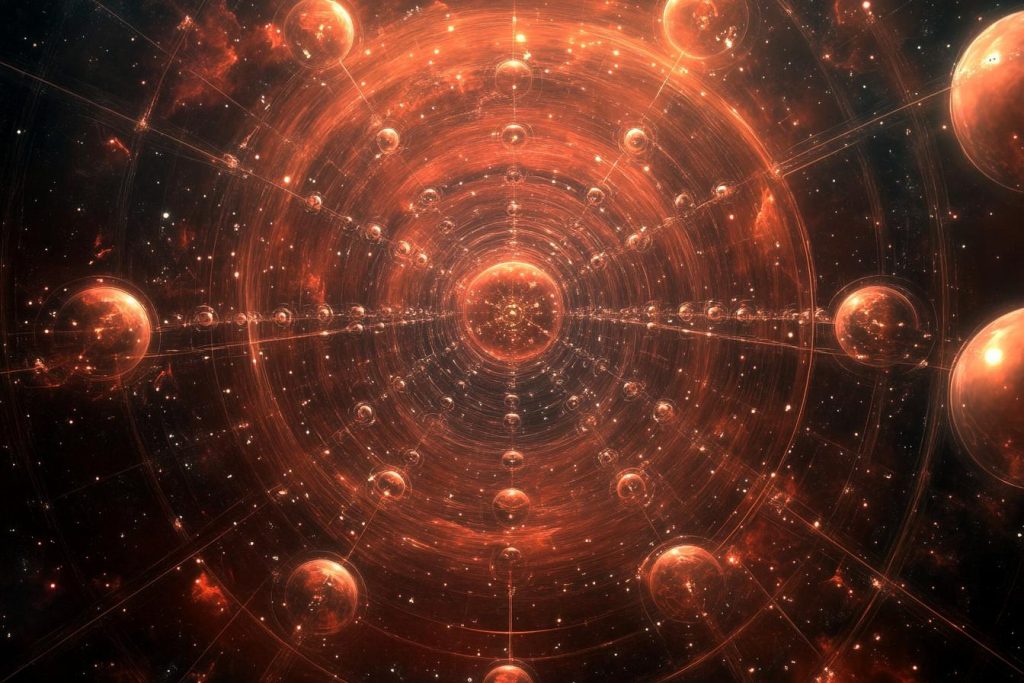
For years, dark energy was assumed to be a constant force pushing the universe apart at an accelerating rate. But new observations suggest it may fluctuate over time, becoming stronger or weaker depending on cosmic conditions. This shakes the very foundation of our cosmological models. If dark energy changes, the fate of the universe might not be as fixed as we once believed.
The Laws Aren’t Laws—They’re Guidelines
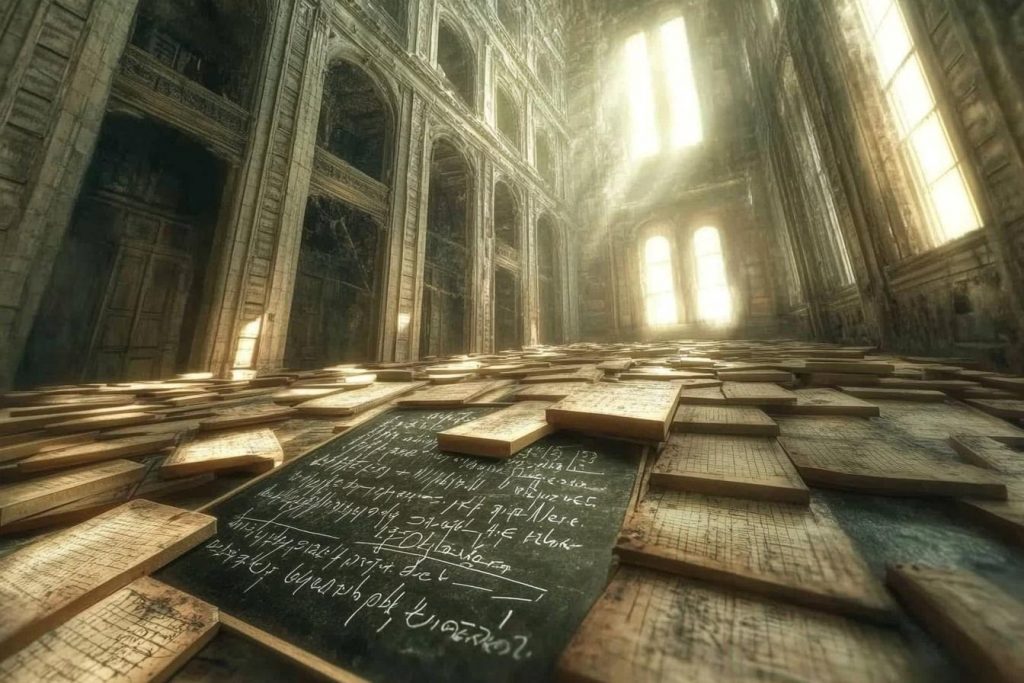
One of the most startling revelations is that the so-called “laws” of physics may not be universal constants. Experiments with fine-structure constants in distant galaxies suggest that the rules governing electromagnetism might differ across time and space. If true, this would mean the universe is not built on bedrock, but on shifting sands. Our cherished equations might be local dialects in a cosmic conversation.
What We Couldn’t See Now Sees Us Back
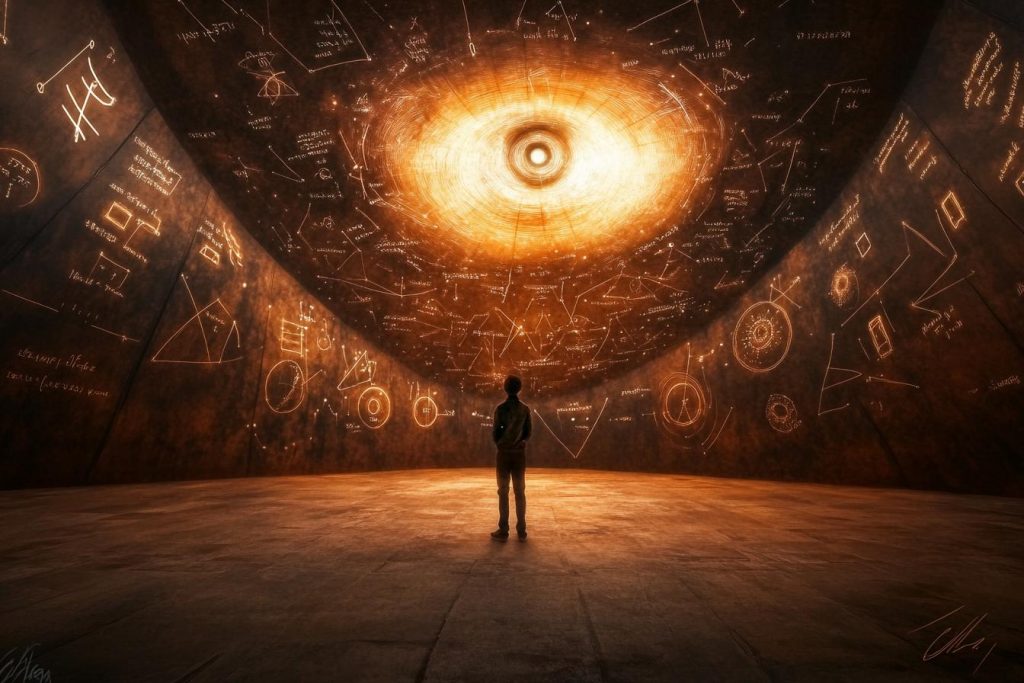
The revelations unearthed from forgotten theories, long-dismissed anomalies, and freshly discovered phenomena show that physics is far from finished. In fact, it’s only just beginning to reveal its deepest mysteries. Each breakthrough reminds us that the universe is alive with hidden truths, waiting for those bold enough to look again. The question isn’t whether reality has more to show us—it’s whether we’re ready to see it.

